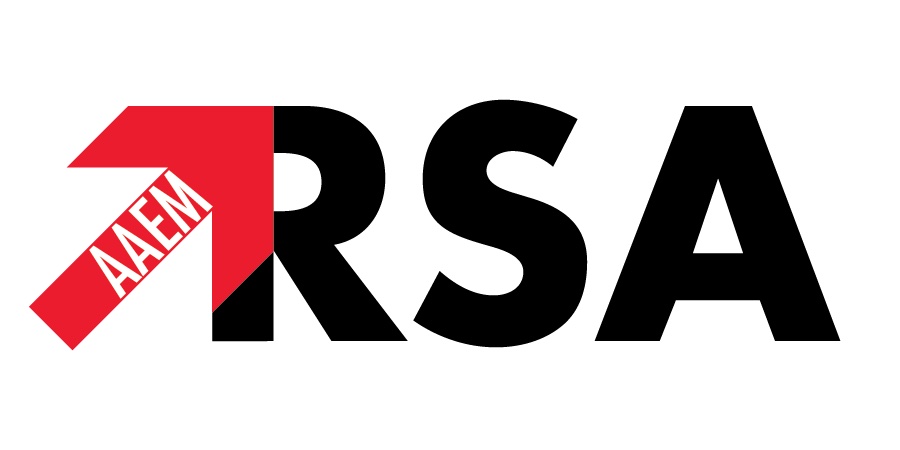 |
| Image Credit: Flickr |
Author: Sophia Johnson, DO
Shane Sergent, DO
Conemaugh Memorial Medical Center
Originally Published: Modern Resident October/November 2014
A 32-year-old male presents to the ED after being struck in the right eye with a ball during a friendly tennis match. He complains of discomfort in the right eye, decreased visual acuity and nausea secondary to pain. Physical exam reveals periorbital ecchymosis, an irregularly shaped pupil and a shallow anterior chamber.
Patients may present with globe rupture after blunt or penetrating injury.[1] They may complain of pain in the eye or decreased visual acuity.[1] Maintain a high index of suspicion in patients who have any injury that may have penetrated the cornea.[1] This includes projectile objects launched while mowing the lawn, weed whacking or working with metal.[1] Blunt trauma to the eyeball or trauma with objects that impact the ocular rim and create a seal around the orbit can cause a rapid peak in intraocular pressure that ultimately leads to globe rupture.[1]
Thorough ocular examination is important in patients with an eye injury and includes slit lamp exam and fundoscopic exam.[1] An irregularly shaped or tear-drop shaped pupil suggests rupture.[1,2] Some patients may have an irregularly shaped pupil from past eye trauma, so it is important to inquire about previous history.[1] A flat or deep anterior chamber on slit lamp exam may also indicate rupture.[1] Other suspicious findings include full thickness lid laceration, periorbital ecchymosis, limited extraocular movement after eye trauma, blindness in the affected eye, afferent pupillary defect, large subconjunctival hemorrhage, hyphema, hemorrhagic chemosis, obvious site of penetration, or intraocular foreign body.[1,2]
Once globe rupture is suspected, shield the eye and obtain emergent ophthalmology consultation.[1,2] Make the patient NPO and give tetanus prophlaxis.[1,2,3] Prevent and treat nausea and vomiting as increased ocular pressure from valsalva can cause extrusion of ocular contents.[1] Administer broad-spectrum antibiotics, keep the head of the bed elevated, do not check intraocular pressure, and refrain from touching the eye any further or administering any topical drops.[1,2,3] Some suggest that succinylcholine can cause an increase in intraocular pressure, so if the patient requires rapid sequence intubation, a nondepolarizing agent may be better.[1]
References:
- Walker RA, Adhikari S. Eye Emergencies. In: Tintinalli JE, Stapczynski J, Ma O et al. eds. Tintinalli’s Emergency Medicine: A Comprehensive Study Guide. New York, NY: McGraw-Hill; 2011. http://accessemergencymedicine.mhmedical.com/content.aspx?bookid=693&Sectionid=45915587. Accessed September 13, 2014.
- Go S. Chapter 149. Ocular Emergencies. In: Cline DM, Ma O, Cydulka RK, Meckler GD, Handel DA, Thomas SH. eds. Tintinalli’s Emergency Medicine Manual, 7e. New York, NY: McGraw-Hill; 2012. http://accessemergencymedicine.mhmedical.com/content.aspx?bookid=521&Sectionid=41069084. Accessed September 13, 2014.
- Greenberg RD, Daniel KJ. Chapter 31. Eye Emergencies. In: Stone C, Humphries RL. eds. CURRENT Diagnosis & Treatment Emergency Medicine, 7e. New York, NY: McGraw-Hill; 2011. http://accessemergencymedicine.mhmedical.com/content.aspx?bookid=385&Sectionid=40357247. Accessed September 13, 2014.
